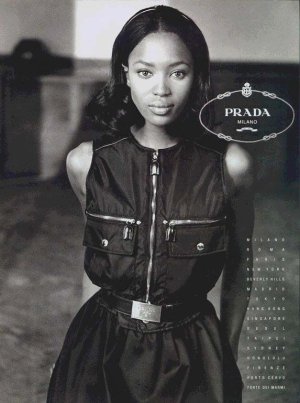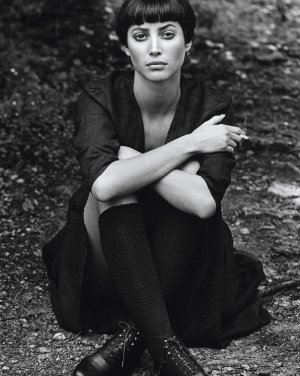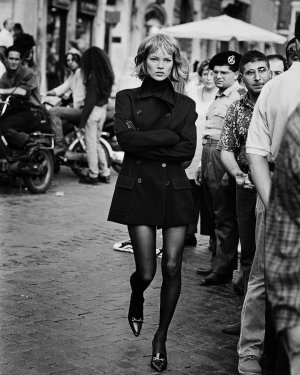Phuel
Well-Known Member
- Joined
- Feb 18, 2010
- Messages
- 5,726
- Reaction score
- 8,722
^^^ If you look back at the aesthetic of the mid to late-90s, it was one that was much darker, moodier, even sinister, than the sunny, bright, shiny, saccharine aesthetic of the time of the “Supers” phenomenon that was the early-90s. And Naomi/Kate/Christie etc all adapted to this darker vision of high fashion beautifully— except for Cindy…. She was probably doing informercials for her sofas.








